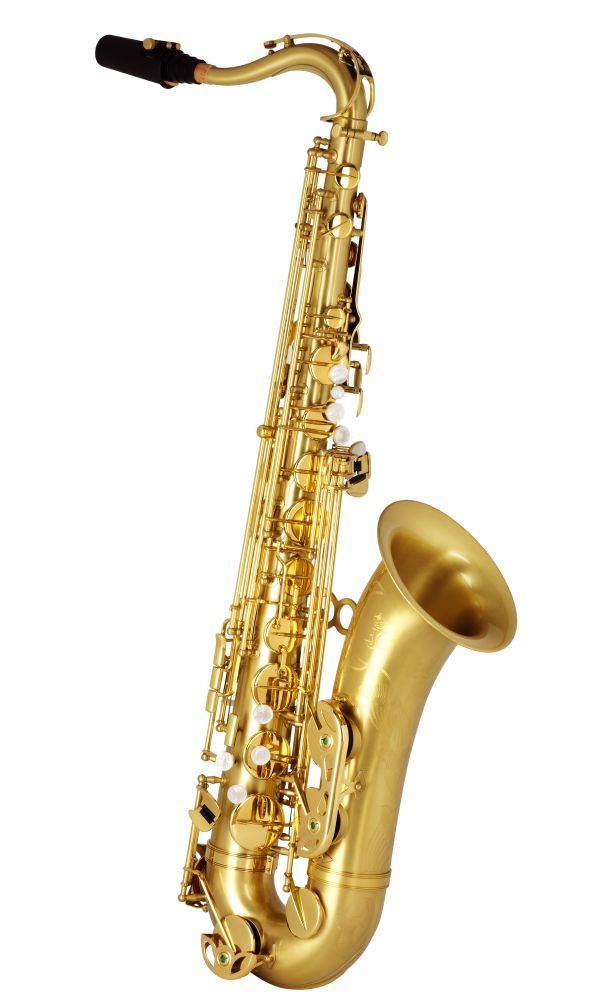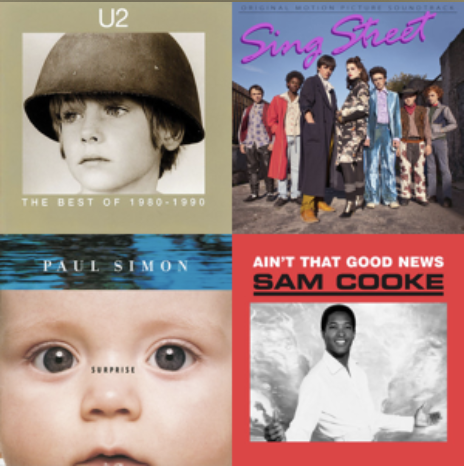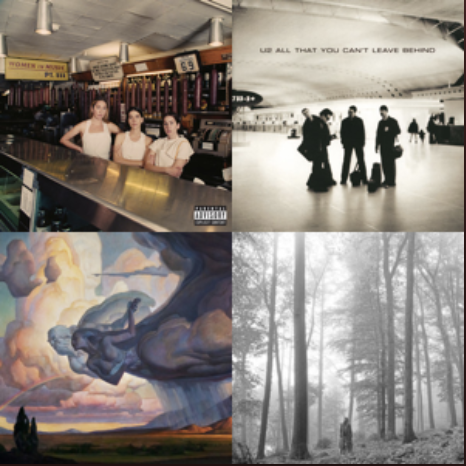Hello, I’m Kevin. It’s a pleasure to meet you.
I’m sorry, it’s loud in here, you asked what I do? I’m a saxophonist.
Excuse me? Oh, uh, I play some jazz. But probably not well enough to go toe-to-toe with the heavyweights that play here in New York. I did my master’s degree in classical saxophone, at KU.
No, no, not Kentucky – Kansas.As in 2008 NCAA Basketball Championship winning Jayhawks. . . Anyway, I trained to play classical saxophone, primarily.
Don’t apologize, most people don’t know some saxophonists play classical music.
Do I play with the symphony? No, no. We are rarely welcome on the symphonic stage, except for every orchestra’s annual Gershwin concert. Even then, some bass clarinetist will usually pick up his old saxophone and hack through the chart. Most classical saxophone performances are soloists with piano, or often saxophone quartets. Sometimes composers will “spice up” a new piece with a dash of classical sax.But really there aren’t too many opportunities for the performance of classical saxophone music.
I still love to play classical saxophone.
Which really means that I sit in my Jersey City apartment every day and practice music so alien to nearly everyone Ithat I’ve had that conversation more times than I’ve actually performed the music about which I mumbled.It means I’ve rehearsed innumerable hours in an unknown, unheralded saxophone quartet, with three other young saxophiles just like me whohave just as much trouble describing our colossal anonymity, only to end up disbanding.
Clarinetists, trumpeters, pianists, guitarists, conductors, bassoonists, percussionists: the whole lot of you don’t know how easy you have it.
True, the competition for an orchestra job has gotten such that if your shoelace hits the floor during an audition, you’re immediately hired so they can fire you right there on the spot;but, at least you were standing in a line waiting to get hired/fired from a job that involves playing the instrument you laboriously slaved over while chain smoking your social skills into the ground in an asbestos-walled practice room during college.We wait in line to get hired bagging groceries, because if we get asked to “play Kenny G” at another wedding, there’s a real sh**storm coming.
I can understand why so many classical musicians don’t have much respect for or awareness of the existence of classical saxophonists. We don’t gush over their artistic genius and weep with them when they have to play Beethoven’s Ninth again. I don’t feel bad for anyone who can say “I’m a violinist,” and be met with “oh, that’s lovely,” instead of, “do you play hardcore death violin?” Playing violin needs no clarification, no drawn out analogies to the vacant stares of strangers.

I can think of only a few other fields where confusion ensues upon statement of profession: philosopher, geneticist, human rights advocate. Fortunately for those highly educated individuals who are also asked to explain their day-to-day dealings, they have either mental superiority or moral uprightness on their side. In other words, the befuddled acquaintance is either intimidated by their sheer genius, or ashamed that they could really give little more than a crap about anyone else in the world.
Classical saxophonists lose on both counts.We can’t intimidate by either intelligence or shame, and so we are left with the soulless embodiment of our culture’s interest in what we do standing there, wondering why we continue to be allowed to use up valuable oxygen. And with all hot air we blow . . . I can see why.
Let me help you take a few steps into the world of classical saxophone:
The Devil’s Horn
For half of a century, hundreds of saxophonists pursuing their doctoral degrees have composed hundreds of obligatory dissertations on the history of the saxophone. You can imagine the arid reading.
The Devil’s Horn: The Story of the Saxophone, from Noisy Novelty to King of Cool by Michael Segell stands in pleasurable contrast. Segell’s journalistic writing is crisp and insightful. Its relatively short and yet tumultuous history makes the saxophone one of the most interesting instruments about which to read. Segell distills the most compelling and bizarre narratives about the saxophone’s invention and rise in popularity to the king of instruments in the mid-twentieth century. Plus, he tells the whole tale, including great tidbits about the saxophone’s classical heritage. A great read. (You can hear Segell interviewed on NPR here.)
Branford Marsalis might be the biggest name in classical saxophone – even though he’s a jazz player. Marsalis has twice made good classical saxophone recordings. They are not great, but they are good.He has developed a deep respect for the tradition and difficulty of playing classical saxophone.Branford, who has already risen to the top of the jazz/pop saxophone world, recently started studying with classical saxophone giant and professor at the University of Texas at Austin, Harvey Pittel, in order to better approach and perform the classical repertory.
His first classical record, Romances for Saxophone, was released in 1986 and is a little schmaltzy and hyper-romantic, but a pleasant listen. Only in his twenties when he recorded this record, his youth and inexperience with the genre shows in the style of his playing, but is one of the few recordings of classical saxophone that has even one toe in the mainstream.
The second record, Creation, has been keeping Marsalis busy since its release in 2001.He performs some of the great pieces in the classical saxophone repertory and does so with a maturity not present in his earlier work.However, it was the live performances of this CD, recorded with the Orpheus Chamber Orchestra, that spurred him to accept Pittel’s invitation to study the classical side of the instrument.This a great recording, and perhaps the classical saxophone’s only other foray out of the institution and into culture.
Purists, and others interested in delving into the mysterious world of the classical saxophone, should try exploring Marcel Mule, Joe Allard, Eugene Rousseau, Donald Sinta, Harvey Pittel, Vince Gnojek, Sigurd Rascher, Jean-Marie Londeix, Claude Delangle, Nobuya Sugawa, and Timothy McCallister.
Now I would like to officially welcome you to the world of classical saxophone. We the musicians thank you for taking the time to get to know us, and hope that you’ll come back soon.
And best part is that next time you meet one of us, you can impress us by asking if we play jazz or classical.
I promise we’ll appreciate it.



